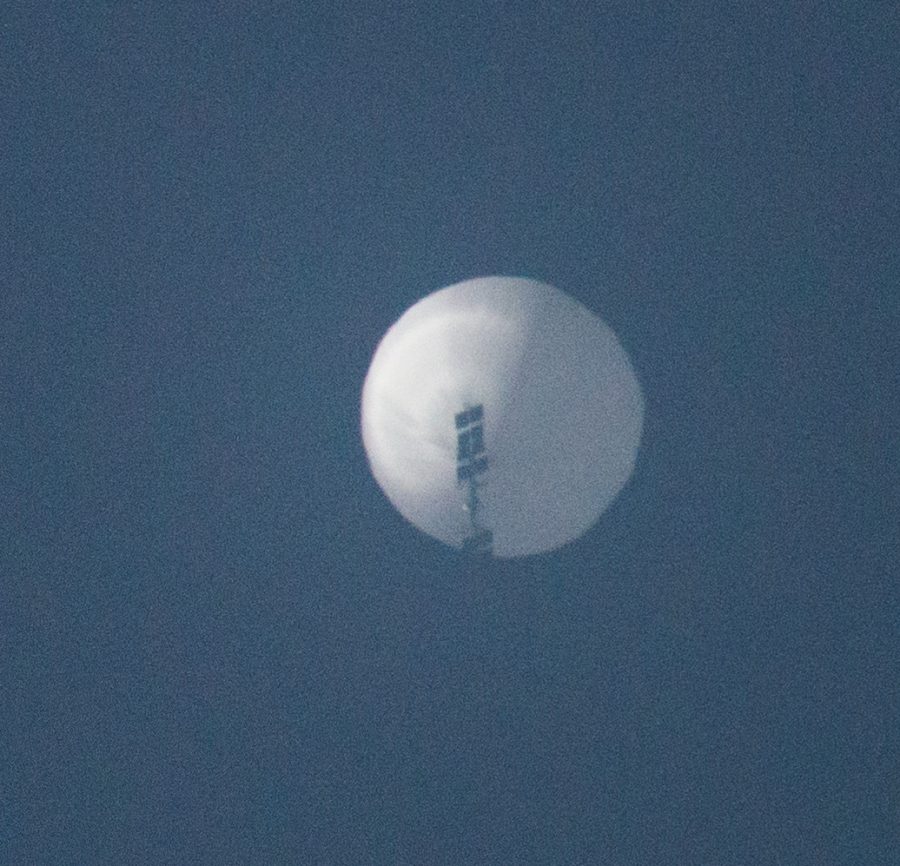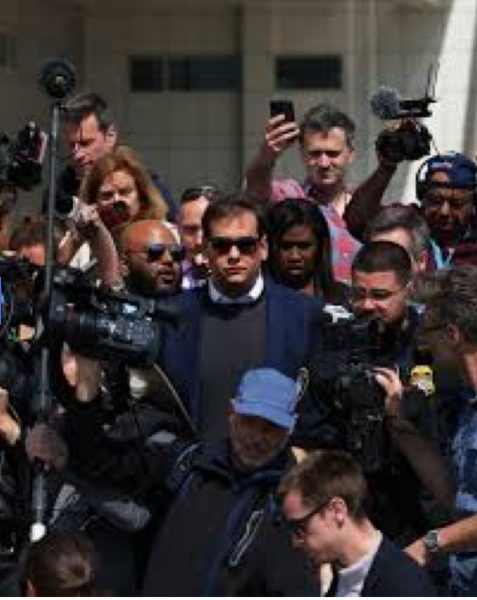Spy Balloons and the History of Technological Espionage
On January 28, the United States encountered the first of many objects in the skies that caused confusion and, for some, fear.
A Chinese air balloon entered U.S. airspace near Alaska, later going over Canada and then the continental U.S. Four days later, the Defense Department announced they were tracking the balloon as it began moving toward the East Coast. On Feb. 4, a U.S. fighter jet shot down the balloon near the coast of South Carolina, according to CBS.
The spy balloon’s height was comparable to the Statue of Liberty, about “200 feet tall with a jetliner size payload,” Assistant Secretary of Defense Melissa Dalton told senators during a hearing on Feb. 9.
The balloon’s payload weighed more than a couple thousand pounds, according to Gen. Glen VanHerck, commander of North American Aerospace Defense Command and U.S. Northern Command.
It had collection pod equipment, including high-tech features that could collect communications signals and other sensitive information, and solar panels located on the metal truss suspended below the balloon, according to government officials. It had equipment that was “clearly for intelligence surveillance,” including “multiple antennas” that were “likely capable of collecting and geo-locating communications.”
Video of the balloon showed small motors and multiple propellers that allowed China to actively maneuver the balloon over specific locations, according to a senior administration official, and it was steered by rudder, a U.S. official said.
A U.S. official said later that underwater pictures of the debris field show the wreckage remarkably intact given its fall from 60,000 feet. The debris field is about seven miles wide, and the debris is in relatively shallow water, at about 47 feet deep, according to a senior military official. Navy and FBI dive teams have been involved in the search.
The FBI has been evaluating evidence collected from debris field in the Atlantic at the bureau’s lab in Quantico, Virginia, senior FBI officials said. The FBI lab has the balloon canopy, wires, and other electronic components collected from the water surface. The officials said they have not detected explosive materials on the evidence that has already been examined.
Although nothing has seemed to escalate, the events have highlighted the need for greater vigilance and defense measures to safeguard U.S. interests from possible sabotage by foreign nations.
Chance Thorne-Begland, a senior who in the future looks to become involved in foreign service, does not feel threatened by the balloon, and feels that the situation was blown completely out of proportion. He took note of how our government is usually quick to take action when the country’s safety could possibly be in jeopardy, due to prior experience with countries who looked to spread their influence into the Western hemisphere.
“I found it funny,” Chance said. “It was way more conflated by the media and government than it needed to be. We all know how America gets when there’s even the smallest threat by an anti-democratic force.”
China’s lack of a response to the situation indicates a low probability of any sort of conflict, but there is a great history of global espionage and its coexistence with sentiments of war.
Junior Hudson Fulcher-Melendy has some worries about the balloon.
“It is scary that we have objects watching us that we are not even aware of and that other countries are trying to spy on us,” he said. “It makes me wonder if something else could come from another country and actually harm us.”
The act of spying specifically on enemy operations, known as espionage, has been a prevalent part of human history for thousands of years. Nations have always sought to gain an advantage over their rivals, and one way to do that is by gathering information through covert means.
Ancient civilizations such as the Greeks and Romans used spies to gather information about their enemies; this quickly developed into a primary tactic for battle. During the Middle Ages especially, espionage was developed and used as a tool of warfare, with spies gathering information on troop movements and battle plans.
In the modern era, espionage has become more sophisticated, with greater technological advancements and the growth of unified nations. During World War I and II, both the Allies and the Axis powers employed spies to gather intelligence and disrupt enemy operations.
The Cold War between the United States and the Soviet Union was a particularly active period for espionage, in which both sides used a range of tactics to gain an advantage. This included the use of spies, double agents, and technological espionage, as well as propaganda and disinformation campaigns.
U.S. President Joe Biden, in a statement to the public, alluded to the nation’s history of disputes which have arisen from spy-based infiltration, and exclaimed that he is not interested in entertaining this current tension with one of Asia’s most powerful military countries. He also expressed sentiments, in which he made clear that he would like to contend with China to promote internal growth within the U.S.
“We’re also continuing to engage with China as we have throughout the past two weeks,” Biden said. “As I’ve said since the beginning of my administration, we seek competition, not conflict, with China. We’re not looking for a new Cold War, but I make no apologies, and we will compete. We will responsibly manage that competition.”
In recent years, there have been high-profile cases of espionage between nations, including accusations of Russian interference in the 2016 U.S. presidential election and the poisoning of a former Russian spy in the U.K. in 2018.













